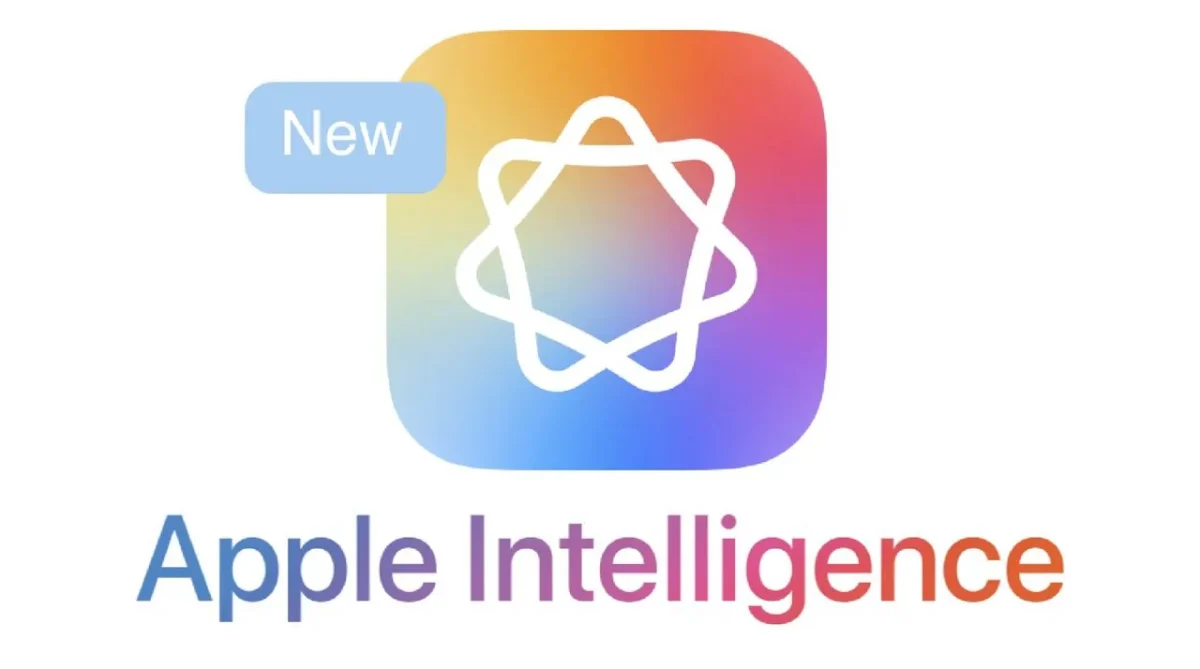
Apple Artificial Intelligence is the bold vision Apple is pursuing with its new approach to artificial intelligence.The stakes are high, and the potential rewards—transforming how we live, work, and connect—are even higher.
Below Bloomberg provides more insights into Apple’s ambitious plan to integrate AI-driven intelligence across its hardware and software, creating a more intuitive and interconnected experience for users.Yet, challenges such as reliance on third-party AI providers and the complexity of building proprietary systems loom large.
Apple Artificial Intelligence AI-Driven Future
TL;DR Key Takeaways :
- Apple is transitioning to an AI-centric ecosystem, embedding AI across its product lineup, including iPhones, iPads, Macs, Apple Watches, and future devices like smart glasses, to create a seamless and interconnected user experience.
- Innovative AI-driven hardware developments include a HomePod with a screen (2024), a foldable iPhone (2024), a foldable iPad/Mac hybrid, satellite-connected devices, and a tabletop robot (2027) with advanced interaction capabilities.
- Apple is expanding into the smart home and security market with AI-powered devices like smart doorbells and cameras, offering personalized automation, enhanced security, and seamless integration with its ecosystem.
AI-Centric Ecosystem: Seamless Integration Across Devices
Apple is transitioning from its traditional device- and cloud-centered ecosystem to one that revolves around AI.The goal is to create a seamless, interconnected experience where AI enhances every interaction you have with Apple products.
Key to this vision is the integration of AI into everyday devices. For example:
- Smart Home Devices: Products like the HomePod and upcoming security cameras will use AI to deliver personalized automation and enhanced security features, making your home smarter and safer.
- Wearable Technology: Devices such as the Apple Watch will use AI to provide more accurate health insights, predictive analytics, and tailored user experiences, improving your overall well-being.
This interconnected approach ensures that your devices work together seamlessly, creating a unified experience.
Transforming Hardware with AI Integration
Apple’s hardware roadmap reflects its commitment to showcasing the potential of AI-driven technology. Several innovative products are in development, each designed to highlight the integration of AI:
- Tabletop Robot (2027): Featuring an iPad-like display, sensors, and a robotic arm, this device is designed to assist with tasks and interact with users in real time, offering a glimpse into the future of personal robotics.
- HomePod with Screen (2024): A smart home device combining a display with advanced AI capabilities, serving as a precursor to the tabletop robot and enhancing home automation.
- Satellite Connectivity: The iPhone 17 and Apple Watch Ultra will feature satellite connectivity, making sure reliable communication in remote areas where traditional networks may fail.
These innovations demonstrate Apple’s focus on blending AI with advanced hardware to create products that are both functional and forward-thinking.
Apple’s New AI Plan For Apple Artificial Intelligence
Apple Artificial Intelligence Expanding into Smart Home and Security
The company is developing a comprehensive home security camera system, including a smart doorbell, that integrates seamlessly with its ecosystem. This allows you to monitor and control your home through your iPhone or other Apple devices.
AI-powered sensors will play a pivotal role in this initiative. These sensors will enable advanced home automation features, such as:
- Adjusting lighting and temperature based on your preferences and routines.
- Enhancing security by detecting unusual activity and notifying you in real time.
- Streamlining daily tasks through personalized automation.
This focus on integration ensures that your devices work together to create a cohesive and user-friendly experience.
Siri’s Transformation: A Smarter Voice Assistant Apple Artificial Intelligence
Siri, Apple’s voice assistant, is undergoing a significant overhaul to keep pace with advancements in AI. The revamped Siri will feature enhanced visual and functional updates across devices like the iPhone, iPad, Mac, and HomePod. Apple is pursuing two parallel approaches to improve Siri’s capabilities:
- Lynnwood: An internal initiative focused on upgrading Apple’s foundational AI models to make Siri smarter, more responsive, and capable of handling complex queries.
- Glenwood: A collaborative effort with third-party AI providers, including Anthropic, OpenAI, and Google, to integrate advanced AI technologies into Siri for enhanced performance.
These updates aim to make Siri more intuitive, allowing it to provide context-aware, accurate responses and handle more sophisticated tasks.
Challenges and Opportunities in AI Development
Despite its ambitious plans, Apple faces significant challenges in AI development. The company has struggled to match the rapid advancements made by competitors in the AI space. This reliance on third-party AI models highlights the complexity of developing innovative AI technologies.
The Future of Apple Artificial Intelligence AI Strategy
Apple’s ultimate vision is to make AI the foundation of its next-generation ecosystem. Prototypes and plans for advanced AI-driven hardware and software extend well into the 2030s, signaling a commitment to long-term innovation. By integrating AI into every aspect of its product lineup, Apple aims to create a future where technology anticipates your needs and adapts to your lifestyle.
This AI-driven strategy represents a bold step toward redefining the role of artificial intelligence in consumer technology.
Also Like This Software !!!! Download Link